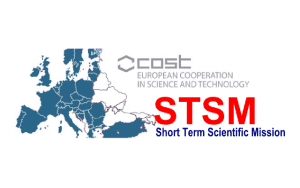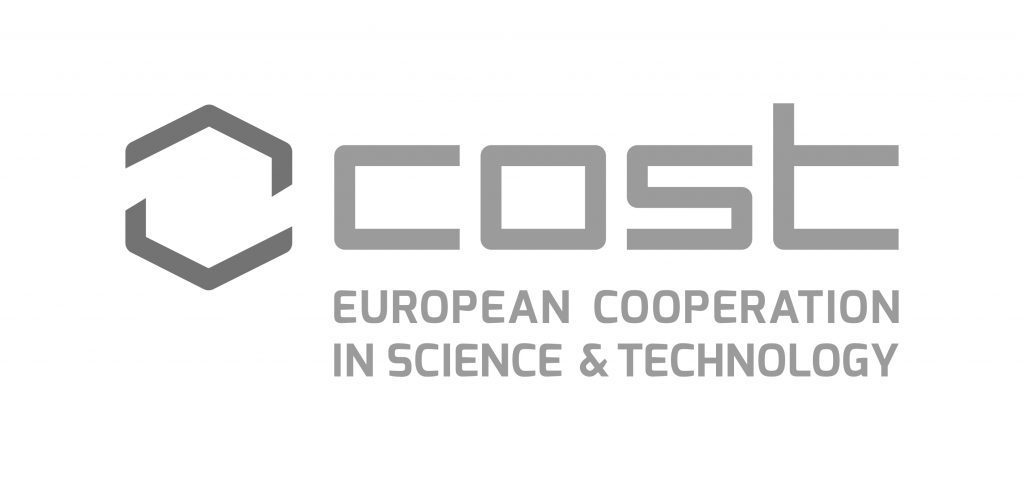ARCHITECTURE AT WORK : TOWNS AND LANDSCAPES OF INDUSTRIAL HERITAGE by Giovanni Luigi Fontana and Andrea Gritti
 Format: 24,5×31 cm
Format: 24,5×31 cm
Pages: 384
Printing: 4 colour
Binding: bound hardback
Images: 400 illustrations
Texts: 300,000 characters
English edition
ISBN: 978-88-55210-25-6
Price: 120,00 euro
Italian edition
ISBN: 978-88-55210-21-8
Price: 120,00 euro
Published by Forma Edizioni, with the contribution of Intesa Sanpaolo’s Cultural Project, the volume “Architectures of work. Towns and Landscapes of Industrial Heritage” by Giovanni Luigi Fontana and Andrea Gritti represents a great novelty in the international panorama of studies in this sector, for three fundamental reasons. The first concerns the point of view expressed, in their respective introductions, by the authors, an architect and an economic historian, before proceeding to the selection, classification and analysis, in the long period, of about 200 case studies in the world. The second concerns the comparison on a global scale of the diversified types of settlements that made up the “entrepreneurial welfare” represented by mill towns, mining towns, cité ouvrières, bruk städer, colonias industriales, villaggi operai, città sociali, villes usines, company towns and corporate cities. The third concerns the observation of the case studies analyzed, which are extended over more than two centuries and on all continents. The book is structured on four timelines (origins, expansion, modernization, recovery) framed by as many openings written by the authors, offering an unprecedented overview of 65 major case studies, single or grouped according to the typological classification (e.g. Scandinavian copper cities, Wallonia mining sites, French royal manufactures, Lowell System cities, Catalan textile colonies, Krupp colonies, garden cities, Swiss watchmaking cities, Bata, Ford Motor Company or Russian steel cities) analyzed by authors and specialists from Italian and foreign universities, invited as correspondents. The book is concluded by a repertoire of 120 further case studies, prepared by the authors, which, articulated as the rest of the volume, offers the immediate perception of the typological consistency of further relevant examples of cities and industrial landscapes of all continents. The volume counts on a rich iconographic apparatus consisting of original images and drawings and satellite footage, and photographs of the current condition of the places under investigation. It counts on the preface by Lucie K. Morrisset, which reflects on the research dedicated to the industrial heritage as an “open work”, and on the afterword of Massimo Preite, which analyzes the criteria adopted by UNESCO to include some of these industrial sites in the World Heritage List. The international scientific committee that monitored the project includes prestigious figures such as Federico Bucci, Konstantin Dmitrievich Bugrov, Margaret Crawford, Pierre-Yves Donzé, Sara Marini, Cristina Meneguello, Lucie k. Morisset, Valérie, Massimo Preite, Julion Sobrino Simal, Horacio Torrent, Mark Watson.
GIOVANNI LUIGI FONTANA is full professor of economic history at the University of Padua. He is Director of the Master Course on Conservation, Management and Enhancement for the Industrial Heritage (MPI) and Italian responsible for the Master Course Erasmus Mundus “Techniques, Heritage,Industrial Territories” (TPTI). He is the author of many papers, articles and books on themes regarding economic and social history, with particular reference to the history of industry, entrepreneurs and industrial heritage. He has organised many international conferences and has been a visiting professor in several universities abroad. He has also coordinated national and European scientific projects. He founded the Italian Industrial Heritage Association (AIPAI) and was its president. He was also National representative for Italy of The International Committee for the Conservation of Industrial Heritage (TICCIH).ANDREA GRITTI is associate professor in Architectural and Urban Design at the Department of Architecture and Urban Studies of Politecnico di Milano. He is also visiting professor and visiting researcher in several universities in Europe and Latin America. He leads international research programs dedicated to the development, conservation, and transformation of cultural heritage. He has written over 120 articles, essays, and books on architecture and urban studies.
INDEX
Towards a history of work communities – Gian Maria Gros-Pietro, Chairman Intesa Sanpaolo
Work as masterwork – Michele Coppola, Executive Director Art, Culture and Historical Heritage Intesa Sanpaolo
From work to territory – Lucie K. Morisset
Workers’ villages, company towns and industrial cities: the origins and development of a global phenomenon – Giovanni Luigi Fontana
Project capital: architecture, technique and industrial society – Andrea Gritti
I ORIGINS
Fuggerei – Chiara Caravello
The Mining Sites of Sulcis Iglesiente – Giovanni Luigi Fontana
Scandinavian Copper Towns – Sandro Nannucci
Falun; Røros
The Major Mining Sites of Wallonia – Chiara Caravello and Andrea Gritti
Le Grand-Hornu; Bois-du-Luc
The French Royal Manufactures – David Celetti and Giovanni Luigi Fontana
Le Dijonval; Villeneuvette
Arc-et-Senans – Claudia Zanda
San Leucio – Gerardo Cringoli
New Lanark – Marco Voltini
The Lowell System Towns – David Celetti and Giovanni Luigi Fontana
Lowell; Amoskeag
Trinidad and the Valle de los Ingenios – Rolando Lloga Fernández
La Constancia Mexicana – María Marta Lupano
Biribiri – Adriana Giroletti
II EXPANSION
Saltaire – Silvia Tardella
Port Sunlight – Giovanni Bellucci
Bournville – Andrea Oldani
Guise – Claudia Zanda
Mulhouse – Andrea Gritti
Schio – Giovanni Luigi Fontana and Renzo Marchesini
Crespi d’Adda – Claudia Zanda
The Catalan Textile Colonies – Pere Vall Casas
Colònia Pons; Colònia Güell
Noisiel – Chiara Caravello
Garden Cities – Francesca Zanotto
Hellerau; Chemin-Vert
Le Creusot – Claudia Zanda
The Krupp Colonies – Francesca Zanotto
Altenhof; Margarethenhöhe
American Company Towns – Giovanni Bellucci
Roebling; Pullman; Scotia
Nitrate Towns – Eugenio Garcés Feliú
Humberstone; Maria Elena
Caetanópolis – Domingos Giroletti
Meat Processing Towns – María Marta Lupano
Fray Bentos; Colón
Tomioka – Claudio Zanier
III MODERNISATION
Watchmaking Towns – Andrea Gritti
La-Chaux-de-Fonds; Le Locle
Puerto de Sagunto – Miguel Ángel Sáez García
Siemensstadt – Francesca Zanotto
Dalmine – Carolina Lussana and Stefano Capelli
Valdagno – Giorgio Ferrari
The Bata Towns – Andrea Gritti
Zlín; Bat’ovany; Bataville; Batanagar
Yekaterinburg – David Celetti
Russian Steel Towns – Irina D. Turghel
Magnitogorsk; Nizhny Tagil
The Ford Motor Company Towns – Andrea Gritti
Dearborn; Fordlândia
Hershey – Rolando Lloga Fernández
Necaxa – Luis Antonio Ibáñez González
Villa Flandria – Mariela Ceva
IV RENEWAL
Ivrea – Patrizia Bonifazio and Paolo Scrivano
Metanopoli – Andrea Gritti and Claudia Zanda
Snezhinsk – Irina Turgel, Mikhail Loginov and Nataliya V. Usova
The Manhattan Project Towns – Andrea Gritti
Oak Ridge; Los Alamos
Caoyang New Village – Edoardo Currà
Hitachi – Shigeo Nakano, Yusuke Koyama and Junné Kikata
Repertoire
Company towns and industrial landscapes in the UNESCO World Heritage List – Massimo Preite
Bibliographical sources
Contributions to main entries and repertoire
Photo credits






